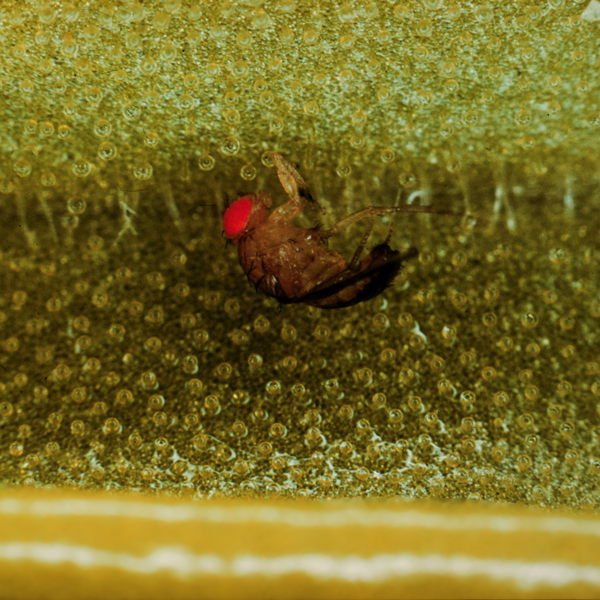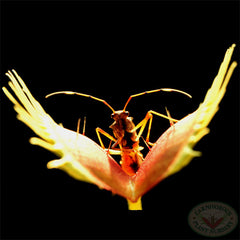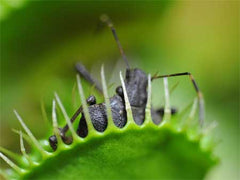
Feeding and Fertilizing



Feeding:
Carnivorous plants thrive better when they feed on prey. In their habitats of nutrient-poor soils, they derive valuable nutrients (in particular Nitrogen and Potassium) from the digestion of prey, and respond with vigorous growth. For the hobbyist this means that your plants will grow better when they have a chance to feed or be fed. Outdoor growing will naturally provide sufficient food, but indoor growing may need to be supplemented by occasional feedings. Catching live flies and bugs for food can be great fun. Consider also using freeze-dried bloodworms, crickets, flake fish food, etc. Crush or grind the food into small pieces or powder for better absorption on Sundews, Butterworts, Byblis. Whole pieces are fine for pitcher plants.
Carnivorous plants do not need to feed everyday. In fact two or three feedings a year may well be enough for most of them. If they have the chance to catch more, they will, and benefit from this natural "fertilizer." They do have the ability to attract and capture food on their own, even indoors where they will catch an occasional insect on their own. They do not feed during winter dormancy either. Some folks say they have no insects in their home. Well, they might be surprised what happens at night, or they forget about that occasional February fly that buzzes the window. It may be, that you do not have to feed your carnivorous plants at all.
Live fruitflies make a great natural live food for your plants. Though small varieties will likely not trip Venus Flytrap traps, they will be excellent food for nearly all other Carnivorous Plants, including: pitcher plants, butterworts, and sundews. Laboratory stains that cannot fly make excellent food. A few can be sprinkled on the plant, and they will crawl upward on the leaves, right into the waiting traps. Wingless Fruitflies (Drosophilia melanogaster) have no wings. Flightless Fruitflies (Drosophila hydei sturtevant) have wings, but lack the muscles to work them.
Bean Beetles (Callosobruchus maculatus) are another alternate. These do not require moisture during culturing.
Fertilizing:
Most beginners are best off not using any chemical fertilizers on their plants. It is very easy to over fertilize, cause nitrogen burn on the trap, and kill the plant. Since carnivorous plant traps are modified leaves, typical leaf or foliar fertilizers are useful, but at very weak dosages. Often 10-20% of the recommended concentrations. Small fertilizer pellets can be dropped directly into pitcher plants such as nepenthes, sarracenia and cephalotus, but do so sparingly and test a small portion on a single trap first, before mass fertilizing your collection.
I have recently been experimenting with used coffee grounds added directly to nepenthes. They do seem to respond nicely, but I have also noticed that it kills living Sphagnum Moss, and leaves a faint coffee smell.
- Care Sheets for Carnivorous Plant Food:
- Care Sheet for Fruitflies
- Care Sheet for Bean Beetles
